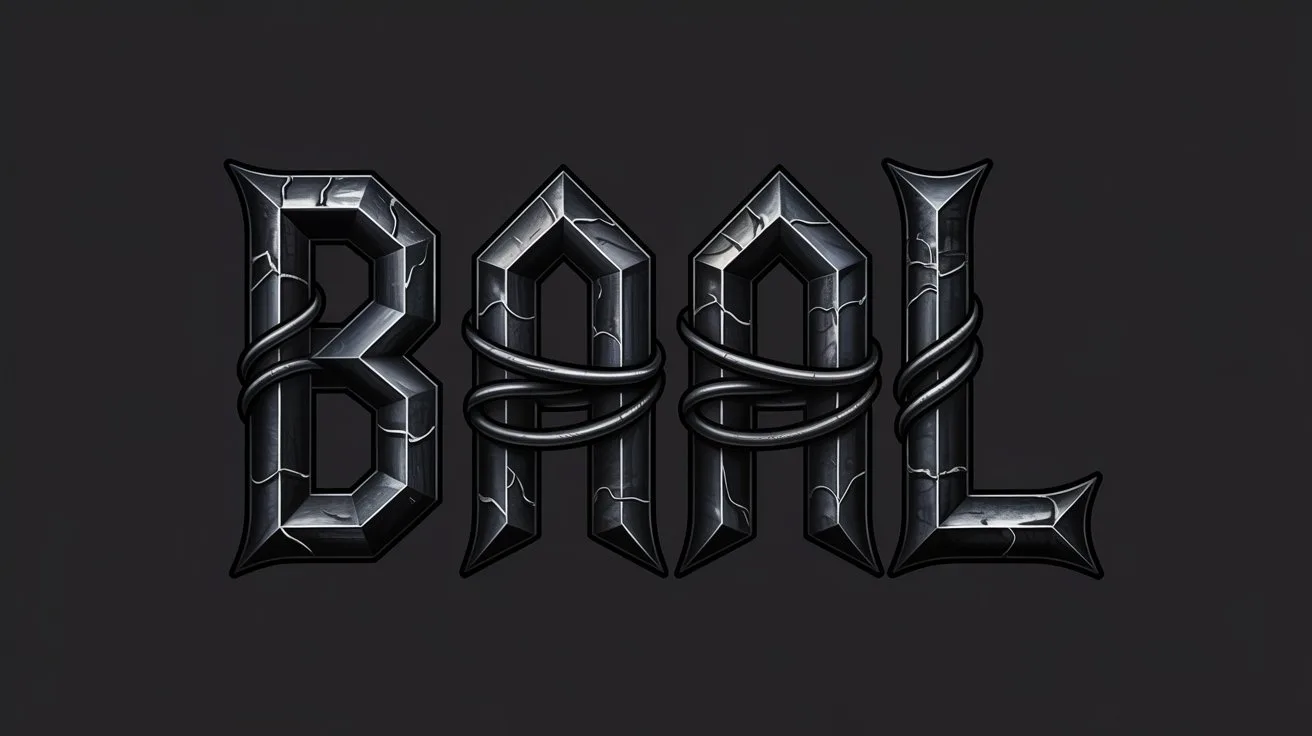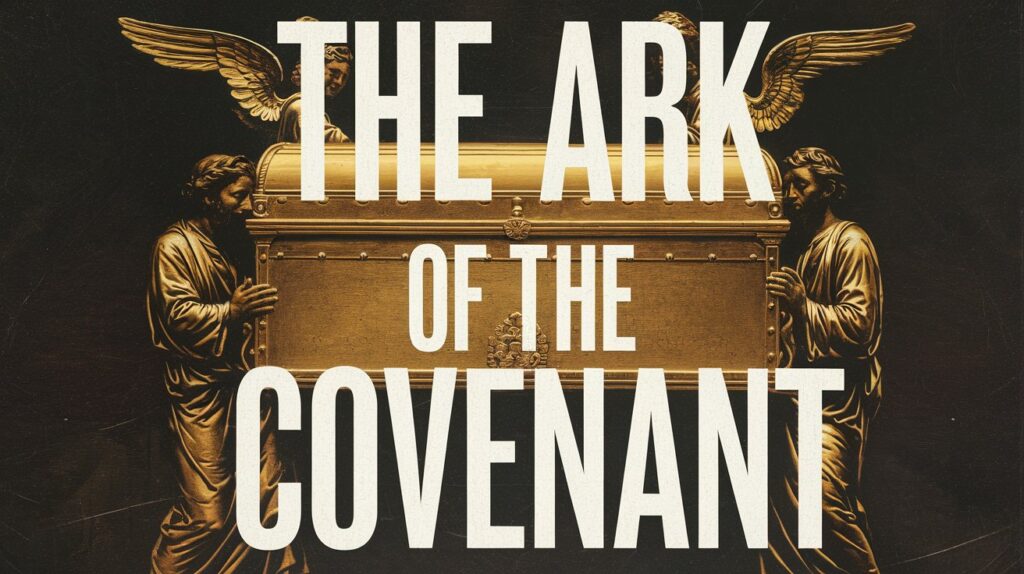Baal (Hebrew: בַּעַל, Baʿal) simply means “lord” or “master.” It was a title used broadly across the ancient Near East for various gods, especially storm and fertility gods. In Canaanite religion, Baal was one of the chief deities, the storm god, the bringer of rain, the controller of agricultural fertility, and often associated with thunder and lightning. He was also known as Baal Hadad or Haddu in Syrian texts and worshiped under various regional names like Baal-zebub (“lord of the flies”) in Ekron.
Baal worship typically involved temple prostitution, ritual sacrifices (even child sacrifices), and wild orgiastic ceremonies. It was a deeply sensual and manipulative religion that appealed to the flesh and offered supposed control over life’s blessings.
Why Did People Worship Baal?
Agricultural Prosperity: Baal was believed to control the rain and thus the harvest. Ancient people depended on agriculture, and in times of drought or famine, they would often turn to Baal to “bless the crops.”
Sensual Rituals: Baal worship included prostitution as a form of worship. This fleshly appeal led many Israelites into apostasy.
Political and Cultural Pressure: As Israel interacted with surrounding nations, Baal worship was deeply embedded in the culture. Intermarriage and alliances often led to compromise.
False Assurance of Prosperity: Unlike YHWH, who demanded righteousness and obedience, Baal was presented as a god you could manipulate through ritual to get what you wanted.
Baal in the Bible: Key References and Events
Judges 2:11-13
“Then the children of Israel did evil in the sight of the LORD, and served the Baals; and they forsook the LORD God of their fathers…”
Immediately after the death of Joshua, Israel turned to the Baals. This pattern repeats through Judges. They would fall into Baal worship, be oppressed, cry out, be delivered, and then fall again.
1 Kings 16:31-33
King Ahab marries Jezebel, a priestess of Baal, and introduces full-blown Baal worship into Israel.
Then he set up an altar for Baal in the temple of Baal, which he had built in Samaria. And Ahab made a wooden image. Ahab did more to provoke the LORD God of Israel to anger than all the kings of Israel who were before him.”
1 Kings 18
This is one of the most powerful showdowns in Scripture. Elijah confronts 450 prophets of Baal. They cry out all day (cutting themselves, dancing, and pleading). Elijah mocks them, saying in verse 27,
“Cry aloud, for he is a god; either he is meditating, or he is busy, or he is on a journey…”
But Baal does not answer. Then God answers Elijah with fire from heaven, proving who the true God is.
2 Kings 10:18-28
Jehu deceptively gathers all the prophets and worshipers of Baal in one place and destroys them. Then he breaks down the temple of Baal and makes it a latrine.
Jeremiah 7:9-10
“Will you steal, murder, commit adultery, swear falsely, burn incense to Baal, and walk after other gods whom you do not know…”
Jeremiah rebukes the people of Judah for mixing Baal worship with temple worship of the LORD.
Jeremiah 19:5
“(They) have built also the high places of Baal, to burn their sons with fire for burnt offerings unto Baal, which I commanded not…”
This highlights the horror of child sacrifice. Baal worship demanded the most perverse and evil acts.
Hosea 2:8
God accuses Israel of attributing her blessings to Baal:
“For she did not know that I gave her grain, new wine, and oil, and multiplied her silver and gold—Which they prepared for Baal.”
Israel had turned blessings from YHWH into offerings for a demons/”>demon.
Romans 11:4
Paul quotes 1 Kings when referring to the remnant of Israel who had not bowed the knee to Baal. This proves that Baal worship was seen as a high betrayal of covenant loyalty.
The Spiritual Nature Behind Baal
1 Corinthians 10:20 says,
“The things which the Gentiles sacrifice they sacrifice to demons and not to God.”
Baal was no god (he was a mask for demonic worship). These false gods demanded worship through lust, death, and fear. Behind every idol is a devil. Baal was a demon cloaked in agricultural blessing. Satan has always promised prosperity in exchange for idolatry, but the end is always destruction.
My Final Thoughts
Baal represents the core temptation of idolatry: gratification without righteousness. His worship promised rain, sex, and prosperity (all without obedience, repentance, or covenant love). That’s why Israel fell for him again and again. But God is not manipulated. He does not compete. He is jealous for His name.
We may not have Baal altars today, but the same spirits whisper: “You can have what you want; just turn from holiness.” Baalism is alive in every temptation to compromise truth for gain, to worship God on Sunday and chase the world Monday through Saturday. The cry of Elijah still echoes:
“How long will you falter between two opinions? If the LORD is God, follow Him; but if Baal, follow him.” (1 Kings 18:21)
Choose today whom you will serve. Not just in lip service, but in loyalty.





 Get the book that teaches you how to evangelize and disarm doctrines from every single major cult group today.
Get the book that teaches you how to evangelize and disarm doctrines from every single major cult group today.